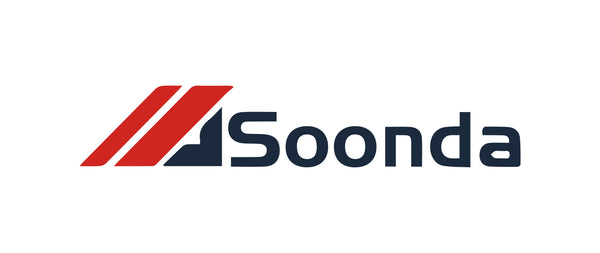The Most Common Issues with Laser Cutting and How to Fix Them
Share
Laser cutting has become a popular method for creating precise and intricate designs on a variety of materials. However, like any technology, there are some common issues that can arise during the laser cutting process. As a Shopify store owner specializing in Ortur, Aufero, and DAJA brands, I have encountered and addressed these issues firsthand. In this article, I will discuss the most common issues with laser cutting and provide solutions to fix them.
The Importance of Proper Maintenance
One of the most common issues with laser cutting is the quality of the cut itself. If your laser is not cutting as cleanly or accurately as it used to, it may be time for maintenance. Regularly cleaning and maintaining your laser cutting machine is crucial for ensuring optimal performance. Dust and debris can build up in the laser's components, leading to decreased cutting quality and potential damage to the machine. Regularly inspecting and cleaning the lenses, mirrors, and other components can prevent these issues.
Material Compatibility
Another common issue with laser cutting is the compatibility of materials. Some materials may not be suitable for laser cutting, while others may require specific settings or techniques. For example, reflective materials such as metal may require a different type of laser or additional safety measures. It is essential to research and understand the properties of the materials you are cutting and adjust your settings accordingly. Using the wrong settings or attempting to cut incompatible materials can result in a subpar cut or even damage to your laser cutting machine.
Power and Speed Settings
The power and speed settings are crucial factors in achieving a clean and accurate cut. If your settings are not properly calibrated, you may encounter issues such as incomplete cuts or burned edges. When working with different materials, it is essential to adjust these settings accordingly. For example, thicker materials may require higher power and slower speeds, while thinner materials may need lower power and faster speeds. It is also crucial to regularly check and calibrate your laser power and speed to ensure consistent cutting quality.
Focusing the Laser
The focus of the laser is another critical element in achieving a clean and precise cut. If the laser is not correctly focused, it can result in a distorted or uneven cut. It is essential to regularly check and adjust the focus of your laser. Depending on the type of laser cutting machine, this may involve manually adjusting the focal point or using an automatic focus tool. It is also crucial to take into account the thickness of the material when focusing the laser. Thicker materials may require a different focal point than thinner materials.
Environmental Factors
Environmental factors can also affect the quality of your laser cutting. Temperature, humidity, and air quality can all impact the performance of your laser. Extreme temperatures can cause the laser to overheat, affecting its cutting ability. High humidity can cause issues such as condensation on the laser's components, which can lead to decreased cutting quality and potential damage. It is essential to keep your laser cutting machine in a well-ventilated area with stable temperature and humidity levels for optimal performance.
Conclusion
In conclusion, while laser cutting is an excellent technology for creating precise and intricate designs, it is essential to address and fix common issues for optimal performance. Regular maintenance, understanding material compatibility, adjusting power and speed settings, focusing the laser, and taking into account environmental factors are all crucial for achieving clean and accurate cuts. As a Shopify store owner, I have personally encountered and addressed these issues, and I hope this article has provided helpful solutions for anyone experiencing issues with laser cutting.
